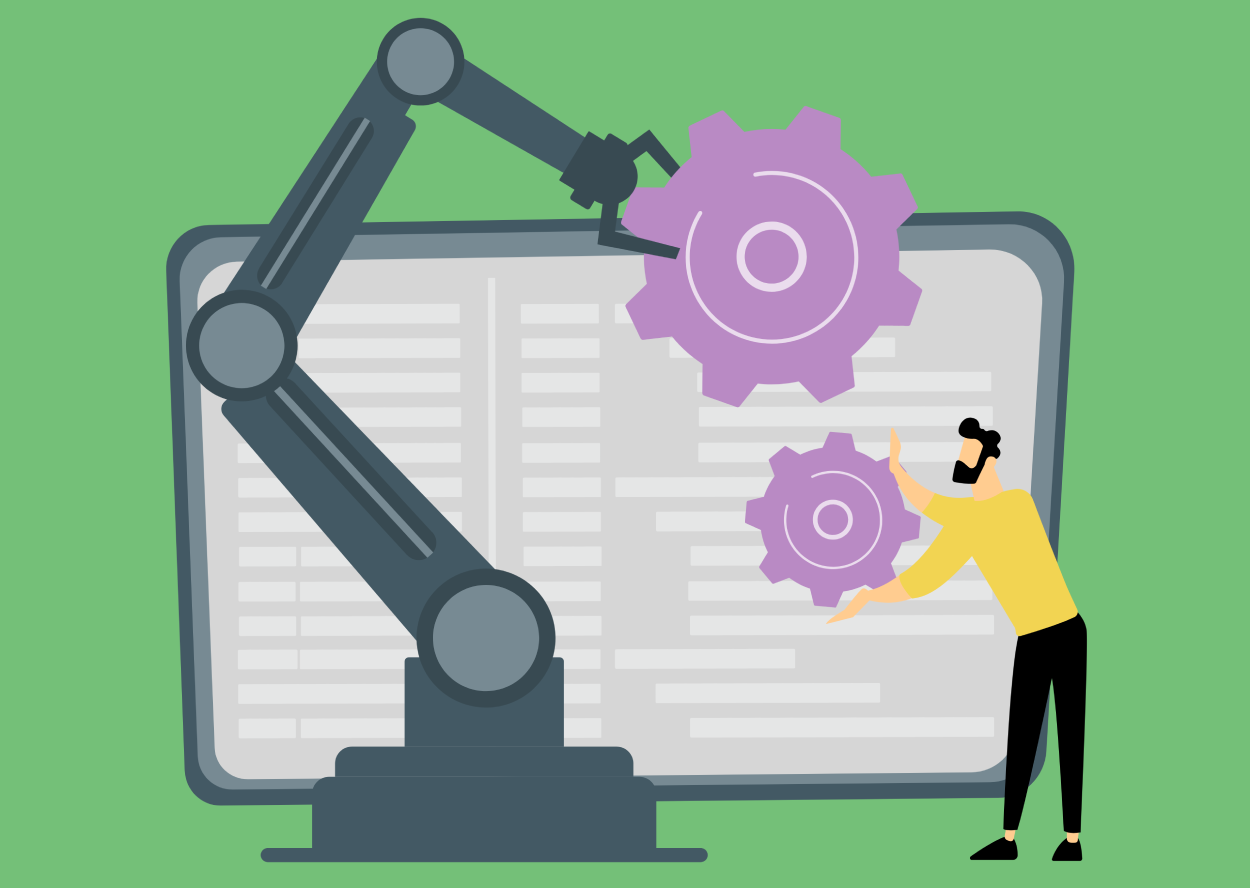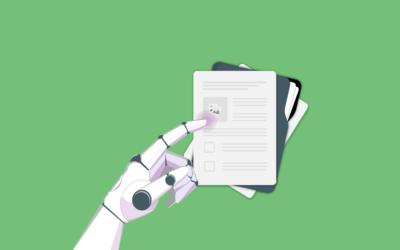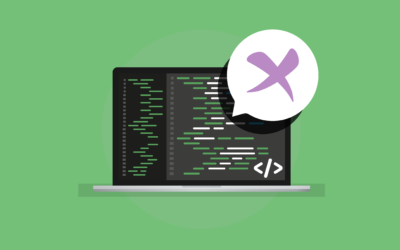AI or automation?

AI or automation?

Artificial intelligence creates more buzz and more speculation than plain old automation. Vendors claim AI bragging rights to feed social media interest, and more organisations feel the need to ask about AI in RFPs (‘requests for proposal’ – tenders).
Where does Legito fit, and does it matter?
Definition matters in this space, so let’s declare our boundary lines. Automation is rules-based. Whether it’s a robot building cars or Legito building documents, the work product is pre-defined. Save for interruptions, the output is assured, predictable and consistent. In manufacturing terminology, automation creates a work product built to required tolerances and meeting a specification.
Using ‘AI’ as an acronym makes it too easy to forget that it’s artificial intelligence. Intelligence intuits a result from a set of data, usually unstructured data – structured data is more apt to be processed by rules. The deductions from intelligence are inherently unpredictable, and the work product’s quality is hard to measure (at least at the point of production). In contrast to rule-based methods, it’s not possible to state clearly the route by which the intelligence led to the output. If a machine manages to pass the Turing Test, it will be due to AI, not automation. Advanced AI is undoubtedly clever stuff, and good applications of AI will benefit humankind.
Legito is not an AI application.
The product has features with elements of AI. Insert a question into a template and then select some text, and you’ll see Legito make intelligent suggestions about using the question to drive conditional text. Using a template, the menu bars configure to offer commands predicted to match your next action. Include a date in a template and see how the document manager extracts the date so you can drive date-driven workflows. Useful, time-saving and nice to use, but the documents are not generated by AI. That’s a good thing. Legito customers want control, compliance, consistency, all the benefits of rules-based automation.
Talking about documents, it’s interesting to see how AI is being used to handle documents. Developers are building AI systems to ‘read’ large volumes of documents that are too tedious and too expensive to trust to human review. Lawyers sift documents for evidence in litigation. HR departments sift resumes from job applicants.
Software companies sift code looking for instances of open source software. Insurance companies sift claims documents for evidence of fraud. They have to use AI because most documents are the epitome of unstructured data and, worse, they are stored in ways that make it hard to retrieve relevant documents (for example, alphabetically or by date). Much of this effort (and the inherent variable quality of the results) could be avoided or reduced if documents were built methodically to retain the data used to create them, and if they were stored in a way that captures that data. That’s what Legito can do.
Artificial intelligence creates more buzz and more speculation than plain old automation. Vendors claim AI bragging rights to feed social media interest, and more organisations feel the need to ask about AI in RFPs (‘requests for proposal’ – tenders).
Where does Legito fit, and does it matter?
Definition matters in this space, so let’s declare our boundary lines. Automation is rules-based. Whether it’s a robot building cars or Legito building documents, the work product is pre-defined. Save for interruptions, the output is assured, predictable and consistent. In manufacturing terminology, automation creates a work product built to required tolerances and meeting a specification.
Using ‘AI’ as an acronym makes it too easy to forget that it’s artificial intelligence. Intelligence intuits a result from a set of data, usually unstructured data – structured data is more apt to be processed by rules. The deductions from intelligence are inherently unpredictable, and the work product’s quality is hard to measure (at least at the point of production). In contrast to rule-based methods, it’s not possible to state clearly the route by which the intelligence led to the output. If a machine manages to pass the Turing Test, it will be due to AI, not automation. Advanced AI is undoubtedly clever stuff, and good applications of AI will benefit humankind.
Legito is not an AI application.
The product has features with elements of AI. Insert a question into a template and then select some text, and you’ll see Legito make intelligent suggestions about using the question to drive conditional text. Using a template, the menu bars configure to offer commands predicted to match your next action. Include a date in a template and see how the document manager extracts the date so you can drive date-driven workflows. Useful, time-saving and nice to use, but the documents are not generated by AI. That’s a good thing. Legito customers want control, compliance, consistency, all the benefits of rules-based automation.
Talking about documents, it’s interesting to see how AI is being used to handle documents. Developers are building AI systems to ‘read’ large volumes of documents that are too tedious and too expensive to trust to human review. Lawyers sift documents for evidence in litigation. HR departments sift resumes from job applicants.
Software companies sift code looking for instances of open source software. Insurance companies sift claims documents for evidence of fraud. They have to use AI because most documents are the epitome of unstructured data and, worse, they are stored in ways that make it hard to retrieve relevant documents (for example, alphabetically or by date). Much of this effort (and the inherent variable quality of the results) could be avoided or reduced if documents were built methodically to retain the data used to create them, and if they were stored in a way that captures that data. That’s what Legito can do.
More Weekly Articles



















